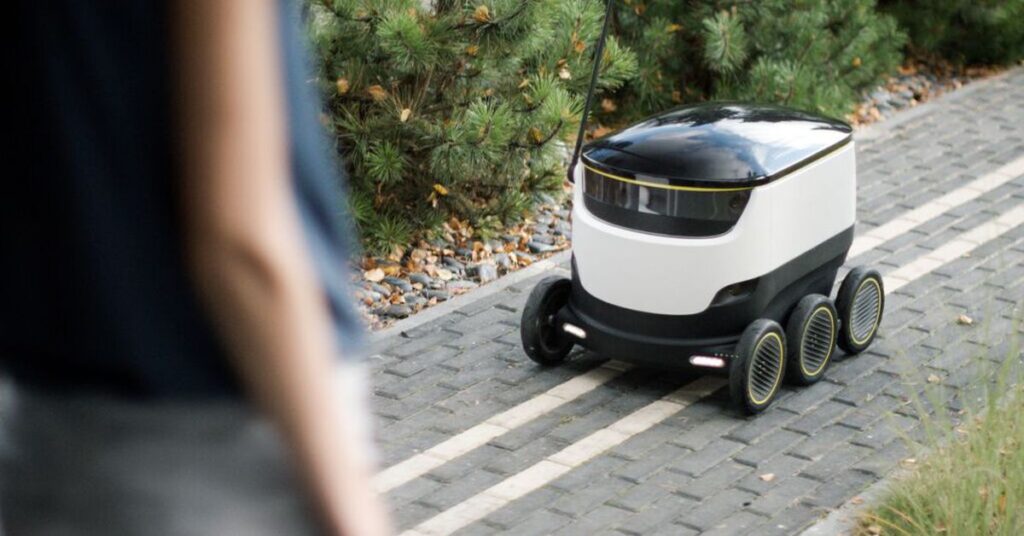Incident Involving Autonomous Delivery Robot at Arizona State University Raises Safety Concerns
Last September, an unusual incident at Arizona State University (ASU) brought attention to the safety of autonomous delivery robots. A school employee was reportedly tripped by one of Starship Technologies’ delivery robots, leading to an inquiry that revealed some troubling details.
The Incident Unfolds
According to a report by 404 Media, the incident occurred when the employee was attempting to cross the path of a delivery robot. Video evidence confirmed their account: as they waited for the robot to pass, it unexpectedly reversed and knocked them to the ground. The robot then proceeded to roll a short distance away before reversing again, striking the victim while they were down. The employee sustained an injury that included a 4-inch cut on their arm and experienced lower back pain, necessitating treatment from the local fire department.
Company Response
When contacted about the incident, a Starship Technologies spokesperson stated that the collision took place "at extremely low speed" and was a result of the robot detecting an oncoming vehicle. This remark has sparked discussions about the effectiveness of the robot’s sensors and the overall safety protocols in place for autonomous deliveries.
A History of Challenges
This incident is not the first time Starship Technologies has had to deal with adverse situations involving its robots. Previously, the company hesitated to press charges against two students who had stolen a robot, only to reverse their decision later. Furthermore, there have been reports of the autonomous units getting stuck or driving into construction zones, highlighting potential operational flaws.
Growth and Evolution
Starship Technologies began its autonomous delivery trials in Europe back in 2016. Since then, the company has seen impressive growth. As of late 2023, its operations expanded from 20 campuses to an impressive 50, with over 6 million autonomous deliveries completed. This rapid expansion reflects a growing demand for robotic delivery services, despite the ongoing issues that come with it.
A Cautionary Tale
While the offer of sharing insurance information and promo codes may seem like a reasonable gesture following such an incident, it points to a larger conversation about accountability in the tech industry. The 404 Media report recalls a similar situation from 2020, when a woman was unable to secure video footage after one of the robots collided with her car, resulting in $2,600 worth of damage.
Conclusion
As autonomous technology continues to advance and permeate various aspects of daily life, incidents like the one at Arizona State University amplify the call for improved safety measures and monitoring. While the charm of convenience through robotic deliveries is appealing, ensuring the safety of pedestrians and users alike must remain a top priority.
In this evolving landscape, the dialogue around the efficiency and accountability of such technologies is crucial, presenting an opportunity for companies like Starship to enhance their operational safety while reassuring the public of their commitment to responsible innovation.




